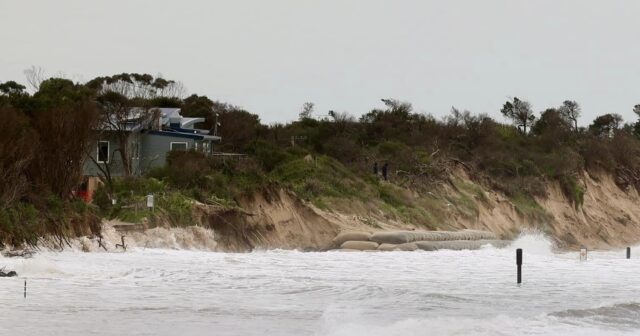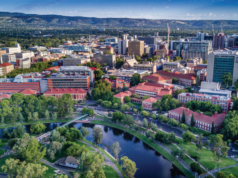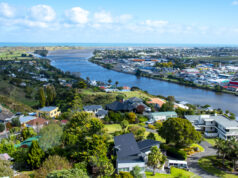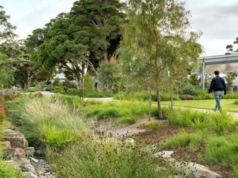Bass Coast Shire Council in Victoria is looking to include natural assets in its infrastructure planning as it builds greater resilience. Simon Harris, Coordinator Asset Management at Bass Coast, says Council is responding to a rapidly growing population, budgetary pressures and the impact of a changing climate.
“We’re a relatively small council, with around 42,000 people, but our proximity to Melbourne means we’re growing quickly,” said Harris.
“This steady influx puts considerable pressure on our existing infrastructure. We’re also working within the Victorian Government’s rate cap, which brings additional challenges to our budget.”
As a coastal council, Bass Coast manages significant areas of foreshore, some of which are beginning to be “eaten away by storm surge.”
The Inverloch Surf Life Saving Club, for example, has seen the adjacent foreshore retreat by more than 40 meters since 2012, and many homes close to the beach are being threatened by erosion.
“It is an ongoing challenge to determine a sustainable approach, which constantly shifts as we learn more about climate change’s impact on infrastructure,” said Harris. “To meet this challenge and build resilience, we’re increasingly implementing nature-based solutions.”
In open spaces, hard infrastructure barriers such as bollards can be replaced with rows of trees which minimises hard infrastructure and delivers on our Urban Forest Strategy.
These types of assets require less maintenance than hard asset base, and are more efficient and required lower overheads in the longer term.
In some cases, a strategy of retreat is the best option. Pathways close to the sand dunes may have been functional decades ago, but now their location is coming under threat.
“With some of those assets we are asking if they really need to be where they are,” said Harris.
“We are asking ourselves if we can shift it back another 200 metres or so and buy ourselves another 50 or 100 years, these are the questions being asked.”
Bass Coast has adopted a climate action plan which plans for infrastructure assets over the longer term in addition to Council reducing its emissions in the shorter term, such as purchasing power from renewable sources.
“My role is to make our infrastructure more resilient, and that means we are building in climate impacts into our forecasting, and that is bringing climate science, infrastructure Asset Planning and economics all together,” said Harris.
“We’re bringing in a number of experts to co-ordinate those inputs and outputs to get that longer term vision of what if the lifecycle limit of assets given that we are on this trajectory.”
Rising sea levels, for example, will reduce the useful life of some assets and impact on the replacement plan.
“We try and understand case studies of what a resilient pavement looks like, so when we are rebuilding a road, we think about how to make it more resistant to moisture,” said Harris.
“And the step forward is to look at the nature-based solution as something which is resilient and also has a lower life cycle cost.”
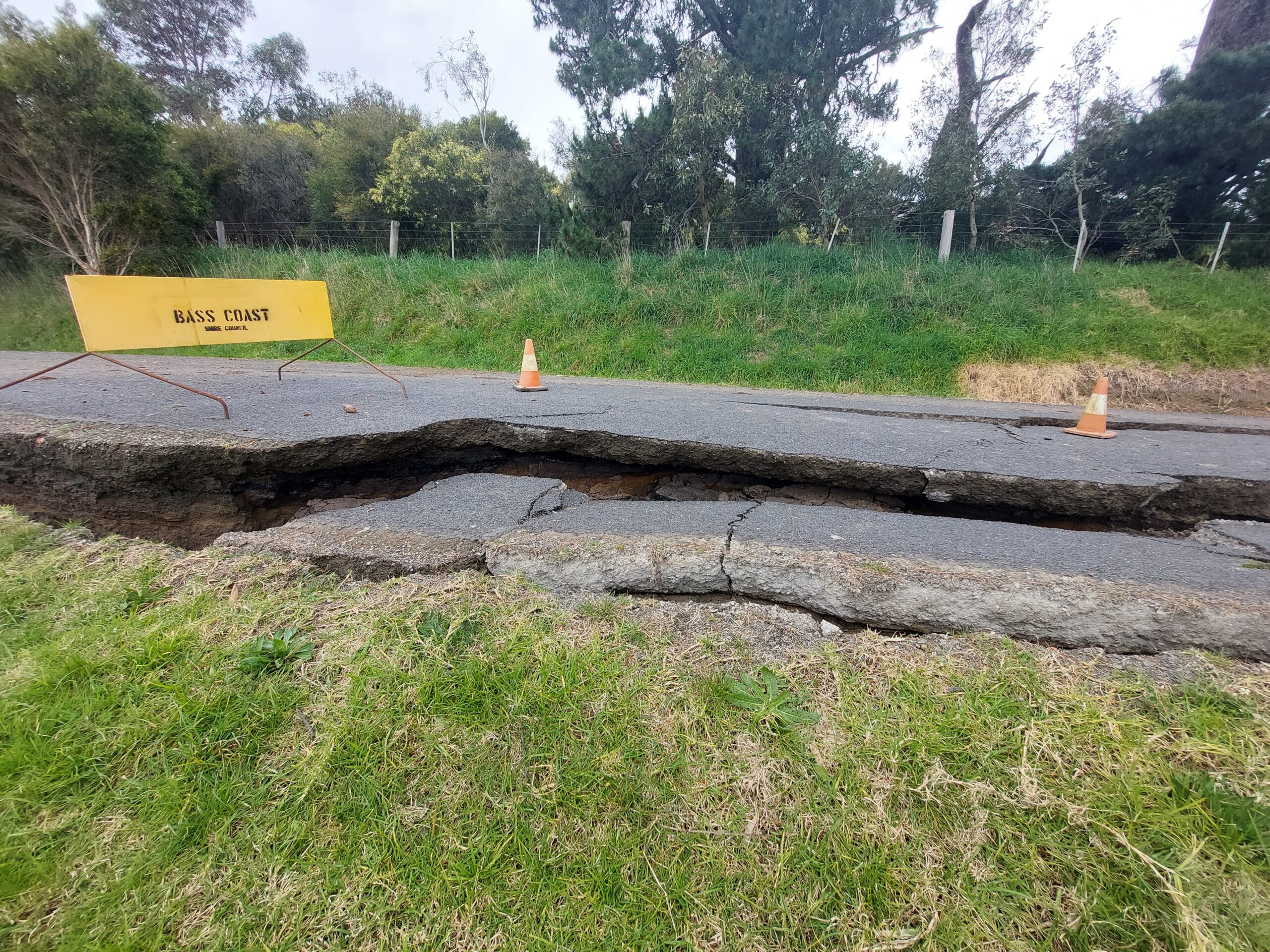
Bass Coast is also collaborating with other councils in the south east of Melbourne and leveraging the expertise of climate scientists, data analysts and geo-spatial experts to create climate models.
From there, asset management experts use modelling tools to “stitch that risk into our future forecasts about future renewals.”
Bass Coast is also working as part of the Cape to Cape Resilience Project, a multi-agency collaboration including Vic Catchments and state government departments spanning water, power and transport.
Harris said the local community are well informed about climate change and many people are passionate on the issue and “really want to see the best outcome.”
Bass Coast has recently welcomed a new Council after local government elections and Harris said another major challenge would be to communicate the climate action plan to the new elected members.
The success of the plan depended on aligning all the “basic ingredients” and resources of council, and the support of new elected members would be crucial to any success.
“A major KPI for us will be our alignment with elected members in six months time, and that will inform the new council plan and the long-term financial plan,” said Harris.
“Those two plans represent Council’s willingness to deal with this issue and to plan for it, and if we can get that alignment we can make progress”
Simon Harris will be presenting on the subject of Climate Resilient Asset Management at the IPWEA International Asset Management Congress in Canberra on November 28 and 29.



